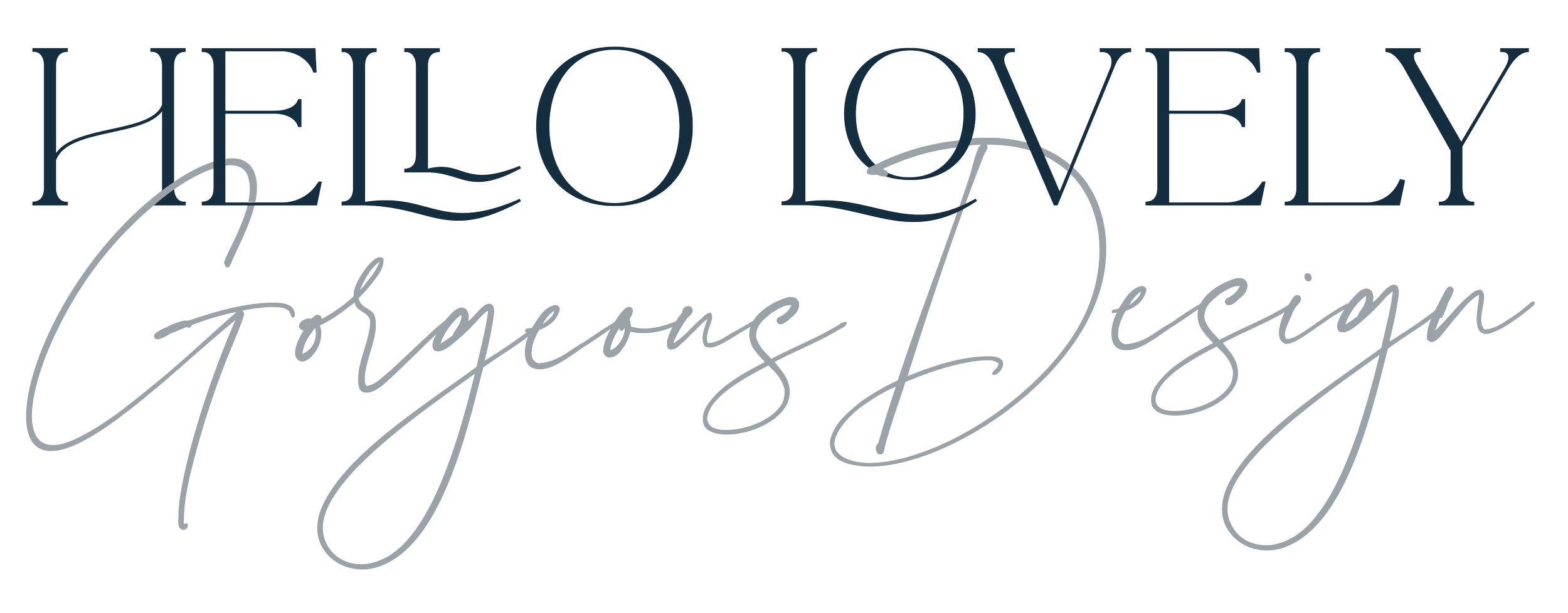When you need a designer but you can't afford one, what do you do?
Many people can struggle to find the budget for design. Posts that start with ‘I’m new, I haven’t got much money and I need a designer. Can I trade skills/do I go to a low cost site/competition or pitch site/do you know a cheap designer/can you work for exposure or haggle?’ concern me as it not only devalues design, it could also end up a false economy.
Here are some alternative solutions, which may get a better result.
Before I tell you what you could do, let’s look at the cheap and free end options
Trade skills. Mmm, not so bad as it goes. Services that match well can work, for example copywriting and design, editing and design. However, the talent has to match. A good designer will have enough experience to recognise when it’s an unqualified or inexperienced match so you’ve got to be good (are they good too, are you selling your services short here?) Plus they have to want to trade!
Low cost sites can often create issues over copyright, use templated design (so you may find it’s not bespoke), and you’ll be largely directing your own brief instead of a collaborative realtionship with the designer as all work must be via the site platform. Only do this if you’re prepared to put in the effort on the brief and understand that many sites have ethical issues that encourages low wages.
Competition sites. How many times do you pop down the cafe and order a five meals and only pay for the one you like? If you won’t do it with beans on toast, don’t do it for design, your business deserves better. Design deserves better.
Work for exposure. Exposure pays nobody’s bills, it’s not ethical.
Paying an editorial service a fair wage but not the designer is devaluing the design profession.
Something that also pops up is the suggestion to use a design student or someone without specialist design skills. Design students are busy studying and have earned a right on their course and should charge a fair price. Whilst many businesses diversify into design, like any service you pay for, be careful to check it is to a good standard. If you’re at all uncertain, read on.
Here’s some tips on design and budgets
Do you need everything you’re asking for? If you’re asking for branding, would a logo do for now? You may find that there are loyalty discounts. I offer 20% discounts for logo clients who want to upgrade to a new brand.
Be open about the budget with the designer from the start so you can work towards what is affordable but do be prepared to pay up front or a deposit.
If you are struggling to pay for design and other services, do you need to revisit the business plan and get some advice?
Know what you want. By that I don’t mean you have to be a designer, but know your business, your competitors and most of all your clients. One of the biggest reasons I see costs escalate at Hello Lovely is down not knowing enough about the business so that means the brief can be unclear. The more versions and research, the more the costs mount up.
Be clear on the brief. For example, it’s a book design, know the page size to avoid costs rising later as altering the design to fit a new page size is extra. Know the website platform and what your aims are for any social media or branding. Almost always, the costs rise when the client changes their mind half way through the project and didn't read the terms and conditions.
Read the terms and conditions!
Takeaway
If you want a great look and you are serious about going into business, then look at the way you’re scoping the business out so you can afford bespoke. Remember, designers are business owners too and we understand it’s tough, it’s okay to be honest and open about what you can and can’t do.
Updated December 2023
